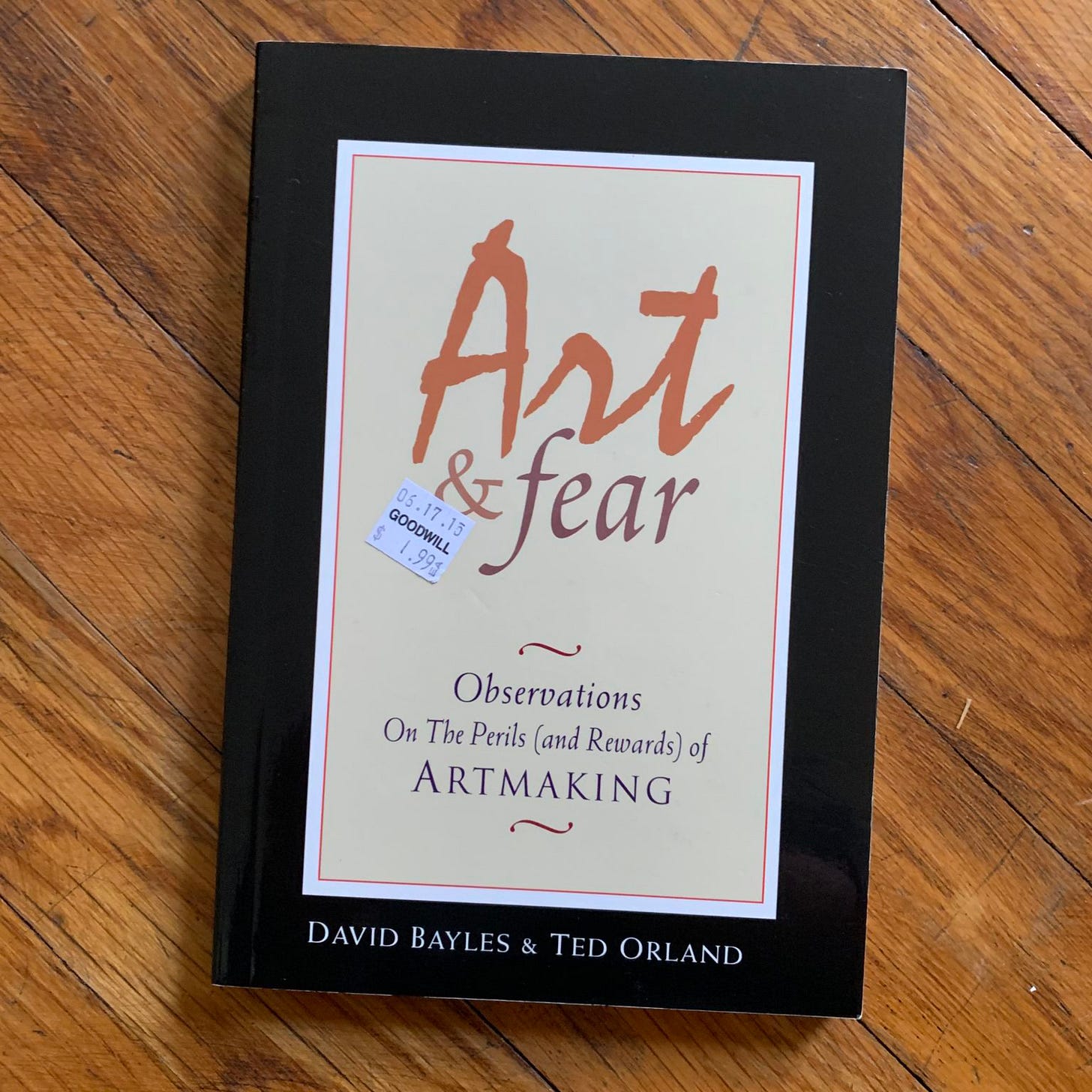On quantity and quality
You should make a lot of work... but how much of it should you share?

Hey y’all,
One of my favorite parables about creative work comes from David Bayles and Ted Orland’s book, Art & Fear:
[A] ceramics teacher announced on opening day that he was dividing the class into two groups. All those on the left side of the studio, he said, would be graded solely on the quantity of work they produced, all those on the right solely on its quality. His procedure was simple: on the final day of class he would bring in his bathroom scales and weigh the work of the “quantity” group: fifty pound of pots rated an “A”, forty pounds a “B”, and so on. Those being graded on “quality”, however, needed to produce only one pot — albeit a perfect one — to get an “A”. Well, came grading time and a curious fact emerged: the works of highest quality were all produced by the group being graded for quantity. It seems that while the “quantity” group was busily churning out piles of work – and learning from their mistakes — the “quality” group had sat theorizing about perfection, and in the end had little more to show for their efforts than grandiose theories and a pile of dead clay.
It’s a parable about perfectionism with a clear moral: Quantity leads to quality.
The parable tells us that if we worry less about making perfect work and just make a lot of work, we’ll make a lot of junk, sure, but we’re also more likely to make something great.
(You might have read about this parable in James Clear’s book Atomic Habits, only with photography students instead of ceramics students. Here’s the story of how that happened.)
Keep reading with a 7-day free trial
Subscribe to Austin Kleon to keep reading this post and get 7 days of free access to the full post archives.


